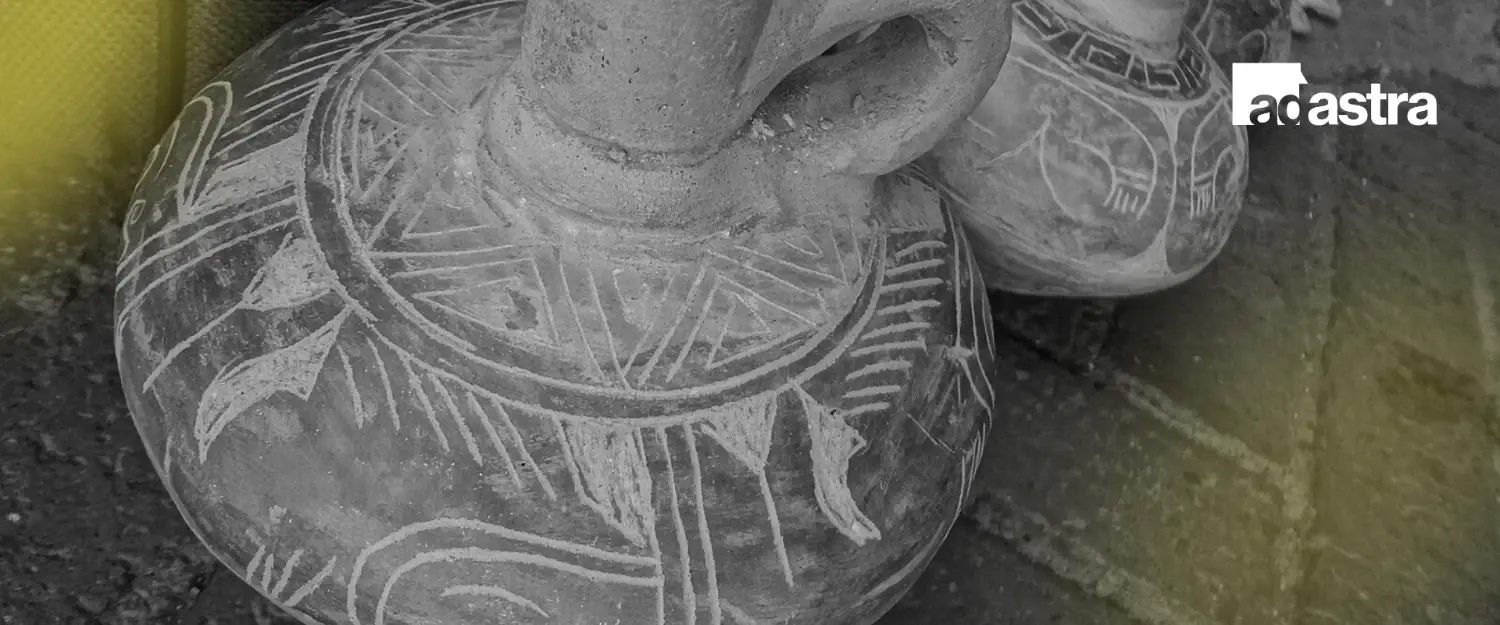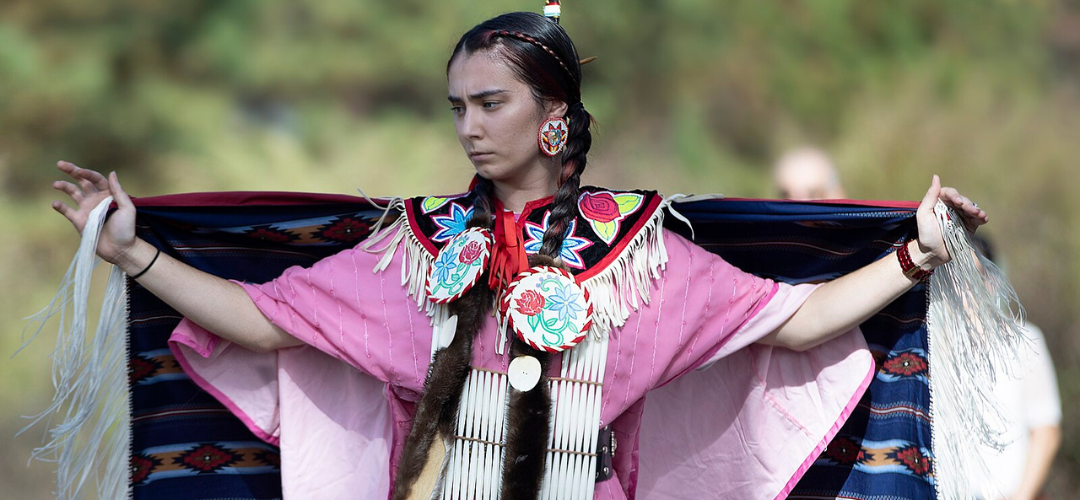Ad Astra Inc. is Celebrating Indigenous Peoples' Day 2024

As we celebrate Indigenous Peoples’ Day on October 14th, it is essential to recognize the importance of indigenous languages and the ongoing efforts to revive them worldwide. This day honors the rich histories, cultures, and contributions of Indigenous peoples and promotes the need for reconciliation and respect for their rights and traditions. Indigenous Peoples’ Day emerged in the United States in the 1970s as a counter-celebration to Columbus Day, highlighting the historical injustices faced by Indigenous communities. Various states and cities have adopted this day to foster awareness of Indigenous issues and acknowledge the resilience of Indigenous cultures.
Understanding the Importance of Indigenous Language Revivals
Language is a fundamental aspect of cultural identity, and the revival of indigenous languages plays a critical role in preserving unique traditions and histories. Unfortunately, many indigenous languages have faced extinction due to colonization, globalization, and cultural assimilation.
Today, however, communities around the globe are taking active steps to reclaim their languages, ensuring their survival for future generations. This article will explore five countries where notable indigenous language revivals are taking place and highlight their significance.

1. New Zealand: Reclaiming Te Reo Māori
New Zealand's efforts to revive Te Reo Māori have set a powerful example for language revitalization. Te Reo Māori faced a significant decline during the 20th century due to British colonization and the enforced use of English in education and public life. However, a cultural resurgence began in the 1980s with the creation of Kōhanga Reo (Māori language preschools) and Wharekura (Māori medium secondary schools).
Today, Te Reo Māori is increasingly present in New Zealand’s education system, media, and even government sectors. Initiatives like Māori Language Week and the Māori Language Act have helped to make this language an integral part of modern Kiwi society. The revival of Te Reo is more than just a language project; it's a reclamation of identity and cultural pride for the Māori people.
Impact of the Revival:
-
Increased number of fluent speakers among the youth.
-
Greater incorporation of Te Reo Māori in mainstream media.
-
Enhanced cultural understanding and pride among both Māori and non-Māori New Zealanders.
2. Hawaii: Revitalizing ʻŌlelo Hawaiʻi
Hawaii's indigenous language, ʻŌlelo Hawaiʻi, was once nearly extinct due to U.S. colonization and suppression of native culture. By the mid-20th century, Hawaiian was spoken mainly by the elderly population. However, community efforts and educational initiatives sparked a language revival in the 1980s.
The foundation of Hawaiian language immersion schools and the creation of the Hawaiian Language College at the University of Hawaiʻi have been crucial to this revival. Today, the language is seeing a resurgence not just in schools but also in homes and cultural events. Hawaiian is becoming more widely spoken by younger generations, breathing life back into traditions and oral histories.
Impact of the Revival:
-
Immersive language programs for children and adults.
-
Increased visibility of Hawaiian in media, street signs, and government proceedings.
-
Integration of Hawaiian cultural values into modern Hawaiian society.
3. Canada: Reclaiming Indigenous Languages
Canada is home to a diverse array of indigenous languages, including Cree, Inuktitut, and Ojibwe. Over the centuries, many of these languages suffered due to forced assimilation policies and the dominance of English and French. However, the Canadian government, in partnership with indigenous communities, is taking significant steps to revitalize these languages.
The Indigenous Languages Act of 2019 was a significant legislative measure to support and promote these languages. Educational programs, language documentation projects, and cultural initiatives have been introduced to preserve and teach indigenous languages to younger generations. Canada's indigenous language revival is also about healing, reconciling past wrongs, and celebrating the cultural richness of First Nations, Métis, and Inuit communities.
Impact of the Revival:
-
Establishment of community-driven language revitalization programs.
-
Incorporation of indigenous languages into public education systems.
-
Strengthened sense of cultural identity and pride among indigenous peoples.
4. Norway: Reviving Sámi Languages
The Sámi people, indigenous to Norway and the broader Scandinavian region, have been fighting to keep their language and traditions alive. Sámi languages were marginalized and even forbidden during Norway's assimilation policies in the 19th and 20th centuries. Today, there is a concerted effort to bring these languages back through education and cultural preservation.
Norway’s government now supports the Sámi people’s rights to use and teach their languages. The establishment of Sámi-language schools and the Sámi Parliament (Sámediggi) has been instrumental in ensuring that these languages are not only preserved but also used in everyday life. The revitalization efforts also include Sámi-language radio stations, literature, and cultural festivals that celebrate Sámi traditions.
Impact of the Revival:
-
Governmental support for Sámi language education and media.
-
Increased number of young Sámi speakers.
-
Recognition and celebration of Sámi culture in Norwegian society.
5. Indigenous Languages of Mexico: Nahuatl
Nahuatl, the language of the Aztecs, is one of the many indigenous languages spoken in Mexico. Once the dominant language of the Aztec Empire, Nahuatl faced significant decline after Spanish colonization. In recent years, there has been a push to bring Nahuatl back to the forefront of Mexican cultural identity.
The Mexican government and various non-governmental organizations are actively promoting the teaching of Nahuatl in schools and universities. The Academia Mexicana de la Lengua has even developed a comprehensive dictionary of Nahuatl to support its learning and preservation. Social media, music, and literature in Nahuatl are gaining popularity, especially among the youth, which signals a promising future for this ancient language.
Impact of the Revival:
-
Integration of Nahuatl into the national educational curriculum.
-
A resurgence of Nahuatl in digital media and pop culture.
-
Strengthened cultural ties and appreciation for Mexico's indigenous heritage.
Why Indigenous Language Revivals Matter
The revival of indigenous languages is crucial not just for linguistic diversity but also for preserving cultural heritage and knowledge. Indigenous languages carry unique worldviews, traditions, and ecological knowledge that have been passed down for generations. By supporting these revivals, we’re also supporting cultural resilience, healing, and a deeper understanding of our shared humanity.
How Ad Astra Supports Indigenous Language Revivals
At Ad Astra, we believe in the power of language to bridge cultures and foster understanding. We provide translation services, interpretation services, and localization services to help communities preserve and promote their linguistic heritage. We work with indigenous communities to provide customized language solutions that meet their needs, helping to keep their traditions alive in the modern world.
Discover more about our Indigenous Language Translation Services
The revival of indigenous languages in these countries showcases the resilience and determination of communities worldwide. Whether it's Te Reo Māori in New Zealand, the Hawaiian language in the U.S., or Nahuatl in Mexico, these efforts are not just about saving languages—they're about reclaiming identity, culture, and a sense of belonging.
As the world becomes more interconnected, it's crucial to support these efforts and celebrate the richness that indigenous languages bring to our global tapestry.
Would you like to learn more about how Ad Astra can support your language and cultural needs? Contact us today to explore our services!


.png?width=1080&height=500&name=Stats!%20(2).png)


